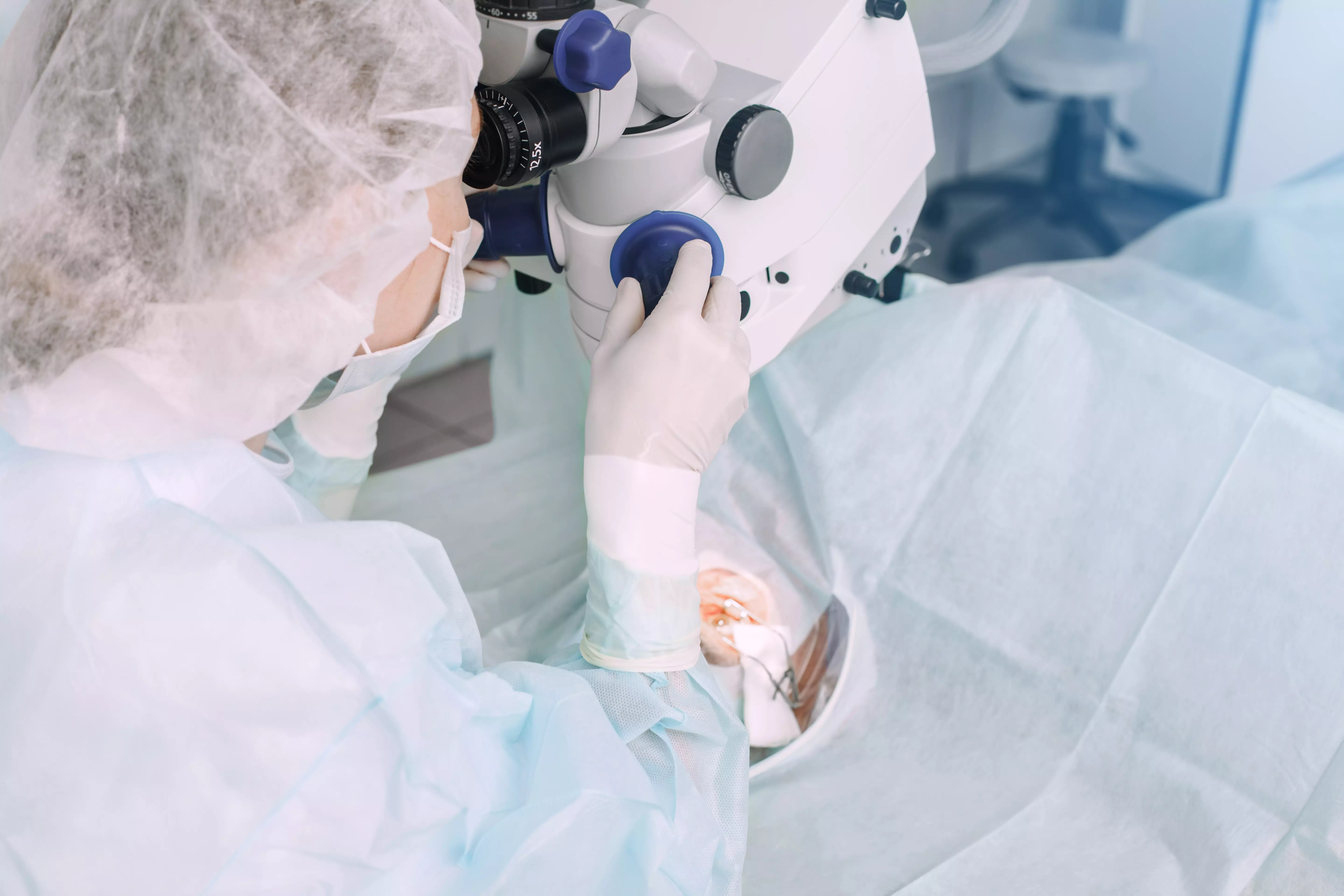Latest cataract treatments
Latest cataract treatments
Cataract is one of the most common eye diseases, affecting both young and elderly patients. It is a disease involving the gradual clouding of the lens of the eye, which leads to a loss of transparency of the lens. Consequently, it affects the quality of vision and makes daily activities more difficult. Nowadays, a number of modern cataract treatments are available that effectively restore patients to full visual function. In this article, we will present the latest methods that are available in the field of cataract treatment.
Phacoemulsification method
Phacoemulsification is one of the most popular methods of cataract treatment. It involves removing the cloudy lens of the eye and implanting an artificial lens in its place. The process is performed by a qualified eye surgeon and is usually carried out under local anesthesia.
In the first stage of the procedure, the surgeon makes a small incision in the cornea of the eye, through which an ultrasonic phacoemulsification device is inserted. This tool distributes ultrasound that dissolves the cloudy lens of the eye. Then, using the same probe, the cloudy lens is retracted and removed from the eye. Once the lens is removed, the surgeon places a flexible artificial lens, tailored to the patient's needs, in the lenticular center of the eye.
The phacoemulsification procedure is an effective method of cataract treatment that provides patients with a quick return to full visual function. High precision, the use of modern equipment and technology, and small incisions make this method safe and used worldwide.
LASIK method
LASIK is the most popular method of laser vision correction, but it is also proving to be an effective way to treat cataracts. The LASIK process involves making precise and safe incisions in the cornea of the eye using a laser to shape it. This innovative procedure effectively removes the damaged lens and implants an artificial lens.
During the LASIK procedure, the patient is put under local anesthesia. Then, the surgeon uses a microkeratome or femtosecond laser to create thin corneal flaps. These flaps are lifted, exposing the stroma layer of the cornea. Then, the excimer laser removes the corneal tissue, and the shape is reshaped to compensate for the cataract dysfunction. Once the lens removal is complete, the surgeon places the artificial lens in the lens center of the eye.
The LASIK procedure is extremely precise and effective, and provides long-lasting results. Patients who have undergone LASIK for cataract treatment typically experience significant improvements in vision and regain full visual function.
VICTUS Femtosecond Laser treatment
One of the latest advances in cataract treatment is the VICTUS femtosecond laser. It is an innovative device that allows surgeons to accurately and precisely perform the process of removing the cloudy lens and implanting an artificial lens.
The VICTUS Femtosecond Laser procedure begins with sharpening the cornea with the femtosecond laser. Then, the laser sends pulsed light waves into the cataract area, splitting the lens into smaller fragments. The surgeon can then seamlessly remove the cloudy lens and implant an artificial lens to restore the patient's full visual function.
The VICTUS Femtosecond Laser procedure offers many advantages such as precision, control and efficiency. It is a method that minimizes the risk of complications and ensures a quick return to daily activities. Patients who have undergone this procedure often notice an improvement in their vision immediately after surgery.
Summary
Nowadays, there are many effective and safe methods of cataract treatment. Methods such as phacoemulsification, LASIK and VICTUS Femtosecond Laser are increasingly popular and allow patients to quickly return to full visual function. No matter which method you choose, it's a good idea to consult with a qualified eye surgeon who will select the best treatment option, taking into account the patient's individual needs.
Remember that the effectiveness of cataract treatment depends on many factors, such as the severity of the disease and the patient's overall health. That's why it's important to get regular eye exams and consult your doctor if you have any vision problems.
Different methods of cataract treatment may have different indications and contraindications, so it is important to follow the recommendations of a specialist. Regardless of the method chosen, cataract treatment can significantly improve patients' quality of life and restore full visual function.